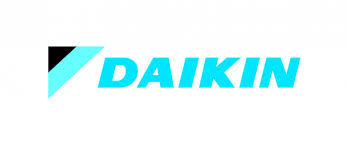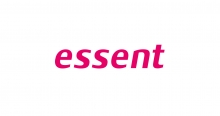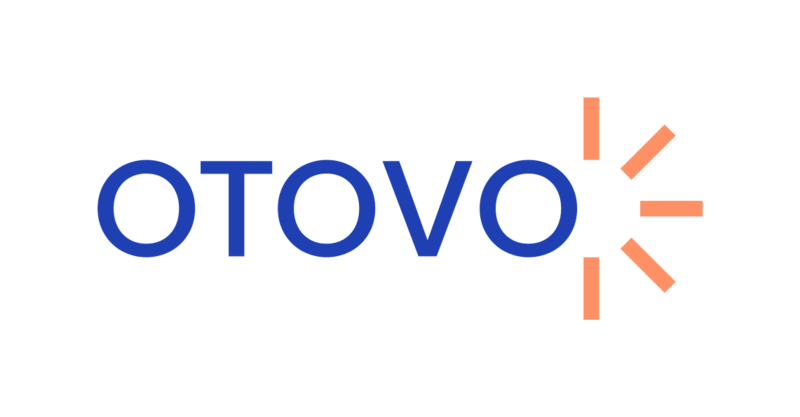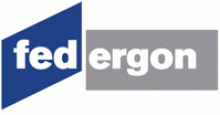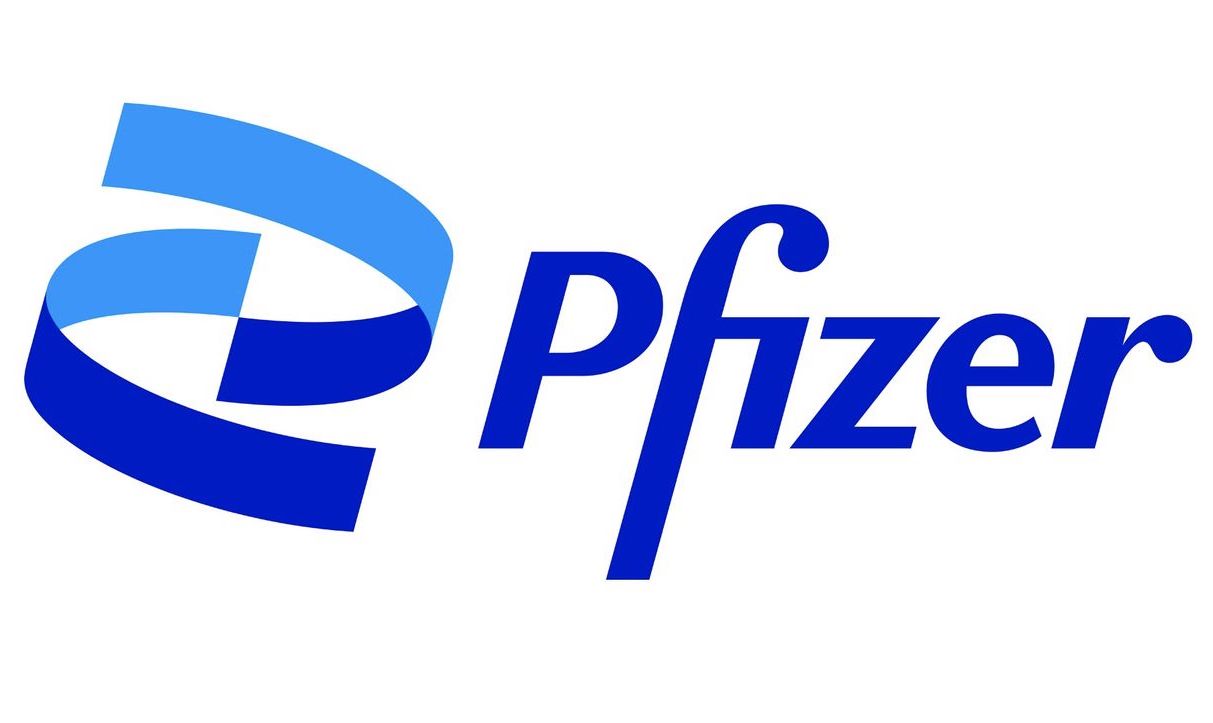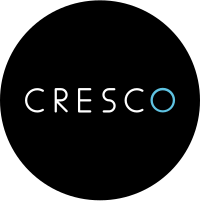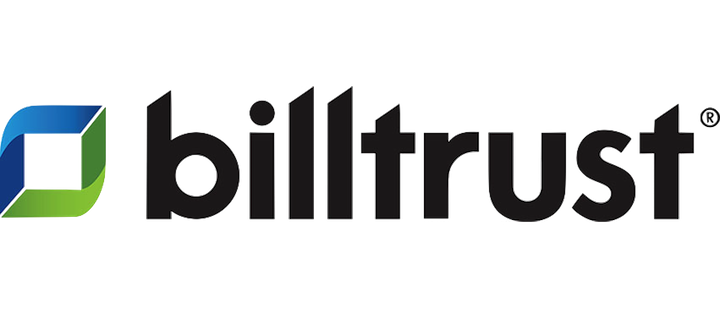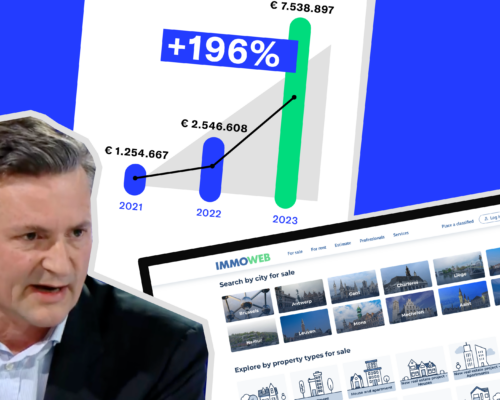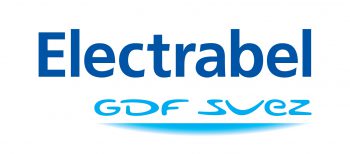Thought leadership marketing is still an excellent way to reach C-levels and decision makers. It also pays off commercially: thought leaders receive more orders from existing clients or are invited to pitch to win new clients. It also helps to attract top talent, which is not crucial as the war for talent rages.
But readers do set high standards for thought leadership content: it has to be original, exciting and well-founded. And also: they would like it to be fun.
- Further reading: Thought leadership – a guide
The good news: thought leadership marketing still works
First the good news: a recent survey by LinkedIn & Edelman shows that decision makers and C-levels are still looking for thought leadership content.
In fact, half of top executives spend more than an hour per week reading thought leadership content. This shows that content is an excellent way to reach C-levels and convince them of your expertise.
Top executives spend more than an hour per week reading thought leadership content
It that also directly leads to business opportunities:
- 42% of decision makers send RFPs to companies that produce good content.
- 53% reward interesting companies they have already worked with with more orders
- 54% of decision makers will knock on doors of non-market leaders because of expert thought leadership. Clearly, thought leadership marketing offers opportunities for challengers in the market.
The bad news: mediocrity rules all too often in thought leadership marketing
But not all content is true thought leadership content.
According to the respondents, the Covid pandemic had a negative effect on the quality of the content offered. It accelerated a push to content marketing, unfortunately resulting in a tsunami of bad content.
An overwhelming majority of respondents find the quality of most content today “mediocre.” In general, respondents find about half of what they read interesting – the other half they consider a waste of time.
Fortunately, they are pretty clear on what they expect from good thought leadership marketing:
Thought leadership marketing do’s
- Get to the point quickly. Grab your reader’s attention from the first paragraph and keep your narrative exciting. Half (55%) of readers will abandon content if they are not warmed up within the minute.
- Try to fundamentally understand what your customers are doing. Right now, 47% of the audience doesn’t feel that thought leadership content adequately answers their expectations and needs.
- Dig deeper. More than 70% of decision makers are looking for the latest insights in their industry. Superficial and unoriginal ideas are a source of annoyance.
- Dare to antagonize your audience. Only 19% of decision-makers look for content that confirms their own convictions. Target the adventurous 81% who want to be challenged.
- Perhaps most important of all: do your homework. Readers can smell half-baked work from miles away. 80% of those surveyed say it appreciates the addition of data from third parties – trusted organizations, but also individuals
Thought leadership marketing don’ts
- Don’t be pushy. An overly commercial tone repels almost half (45 %) of your potential customers.
- Finding the right tone is crucial, and that means your own voice. The public wants to feel a flesh-and-blood person, someone with genuine ideas and convictions. They are not looking for tasteless and odorless corporate copy.
- Perhaps the most striking finding: make it fun. A landslide majority of 87% said that they’re convinced that thought leadership content can be both entertaining and intellectually riogorous at the same time.
Have questions or ideas about thought leadership marketing? Ask us on LinkedIn, Twitter or Facebook!













